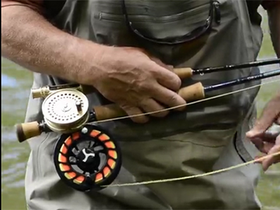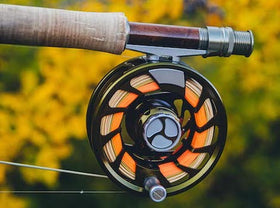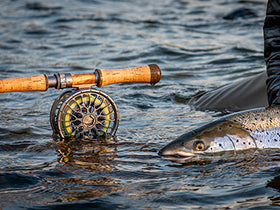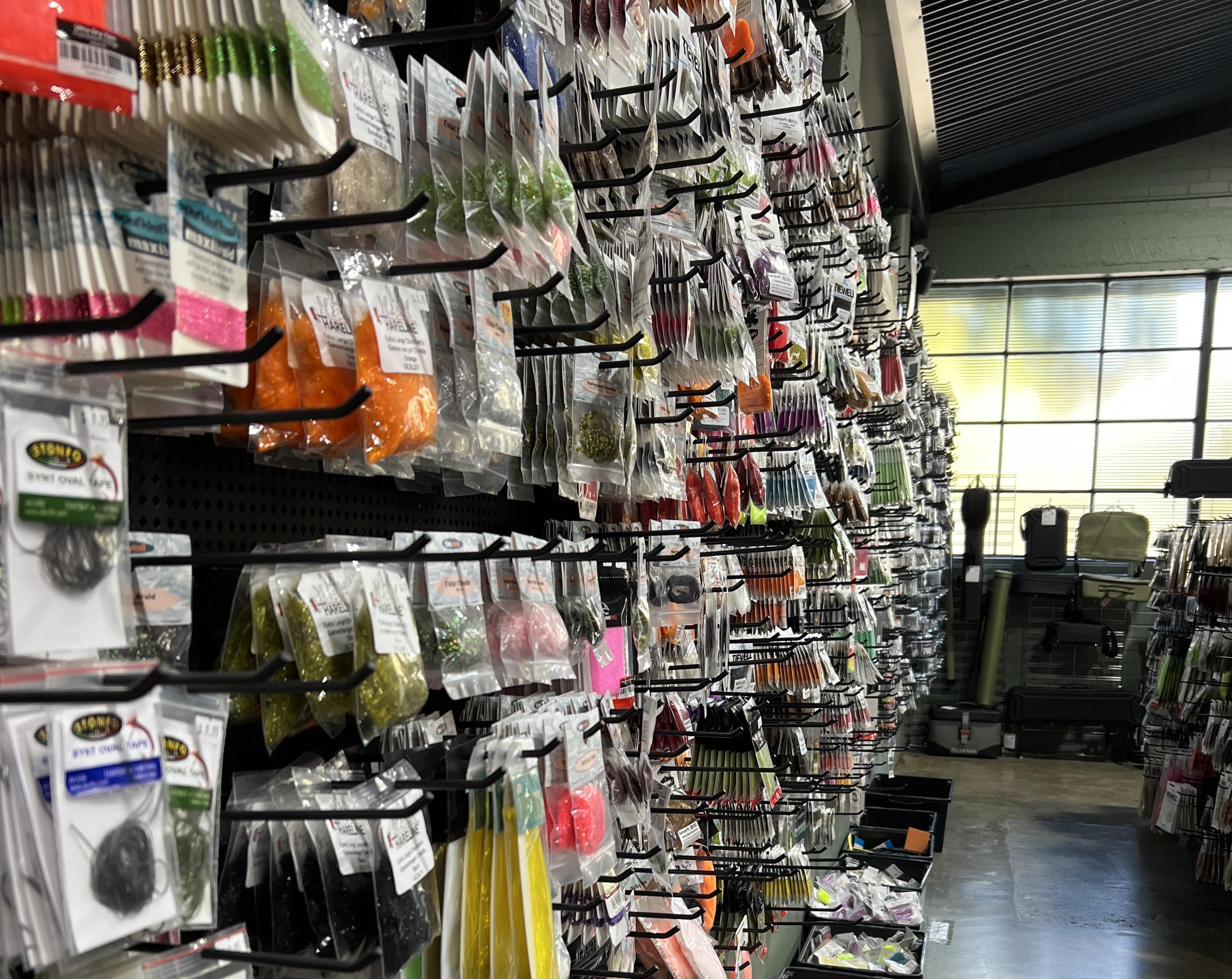
Fly tying is one of the most rewarding aspects of fly fishing. It brings a deeper connection to the flies you fish, helps you understand how and why patterns work, and allows you to tie flies tailored specifically to your local waters. Best of all, it’s not difficult to learn. With the right tools, materials, and guidance, anyone can start tying their favourite trout flies.
Why Tie Flies?
Tying your own flies allows you to:
- Customise patterns to suit local hatches and water conditions
- Experiment with new ideas and techniques
- Learn more about the insects and food sources trout feed on
- Enjoy a creative and hands on way to stay involved with fly fishing. A good way to stay connected to the sport when it’s the off season or you don’t have enough time to get out for a fish.
Catching a trout on a fly you’ve tied yourself is one of the most satisfying experiences in fly fishing. It’s a natural progression in the sport and one that adds a whole new level of enjoyment.
What You’ll Need to Get Started
You don’t need an entire bench full of tools and materials to start tying, but it does help. A well-selected setup with a good vise, a few essential tools, and a thoughtfully assembled material kit will provide everything you need to start tying effective trout flies.
Your vise is the centrepiece of your fly-tying setup, and investing in a high-quality option pays off. Having a true rotary vise means you can rotate the fly on a single axis, making it easier to tie materials evenly and check proportions from every angle.
Our personal favourite is the Stonfo Elite. It holds hooks securely, adjusts easily, and is built to last a lifetime. Not to mention we stock the full range of Stonfo vise accessories in store so you can turn it into an absolute fly tying machine. A good vise makes learning more enjoyable and prevents many of the frustrations that can arise with cheaper alternatives. If you’re serious about tying well, it’s the best place to start.
While the Stonfo Elite may not be in everyones price range, we stock a huge range of vises with our favourite picks below.
Tools
Once you have a vise, you’ll need a few basic tools to begin tying. Like investing in a good vise, investing in good tools makes the whole fly tying experience more enjoyable. Below is a list of the essential tools when starting out:
- Bobbin holder
- Whip finisher
- Hackle Pliers
- Scissors
Once again Stonfo make the perfect solution for when you are selecting your tools. Their Travel Tying Tool Set includes all the essentias as well as some handy extras, such as the dubbing brush/comb which helps take your flies to a next level of bugginess
Materials
One of the most common challenges for new tiers is knowing which materials to buy first. The Hareline Dubbin Material Only Kit solves that problem by including everything you need to tie a variety of trout flies. To make things easier, this kit comes with a step-by-step instruction book featuring 20 beginner-friendly fly patterns. The patterns are accompanied by photos and clear instructions, making it easy to follow along. While you may not end up fishing every fly in the booklet, tying them will teach you the foundational skills needed to tie nearly any trout pattern—from dry flies and nymphs to small streamers.
Tying a variety of these patterns builds a solid foundation and develops your confidence quickly.
Alternatively, if there’s a specific fly or flies you want to tie, we have a massive range of natural and synthetic materials to tie all your favourites. Get in touch and we’ll guide you through everything you need to tie your favourite patterns.
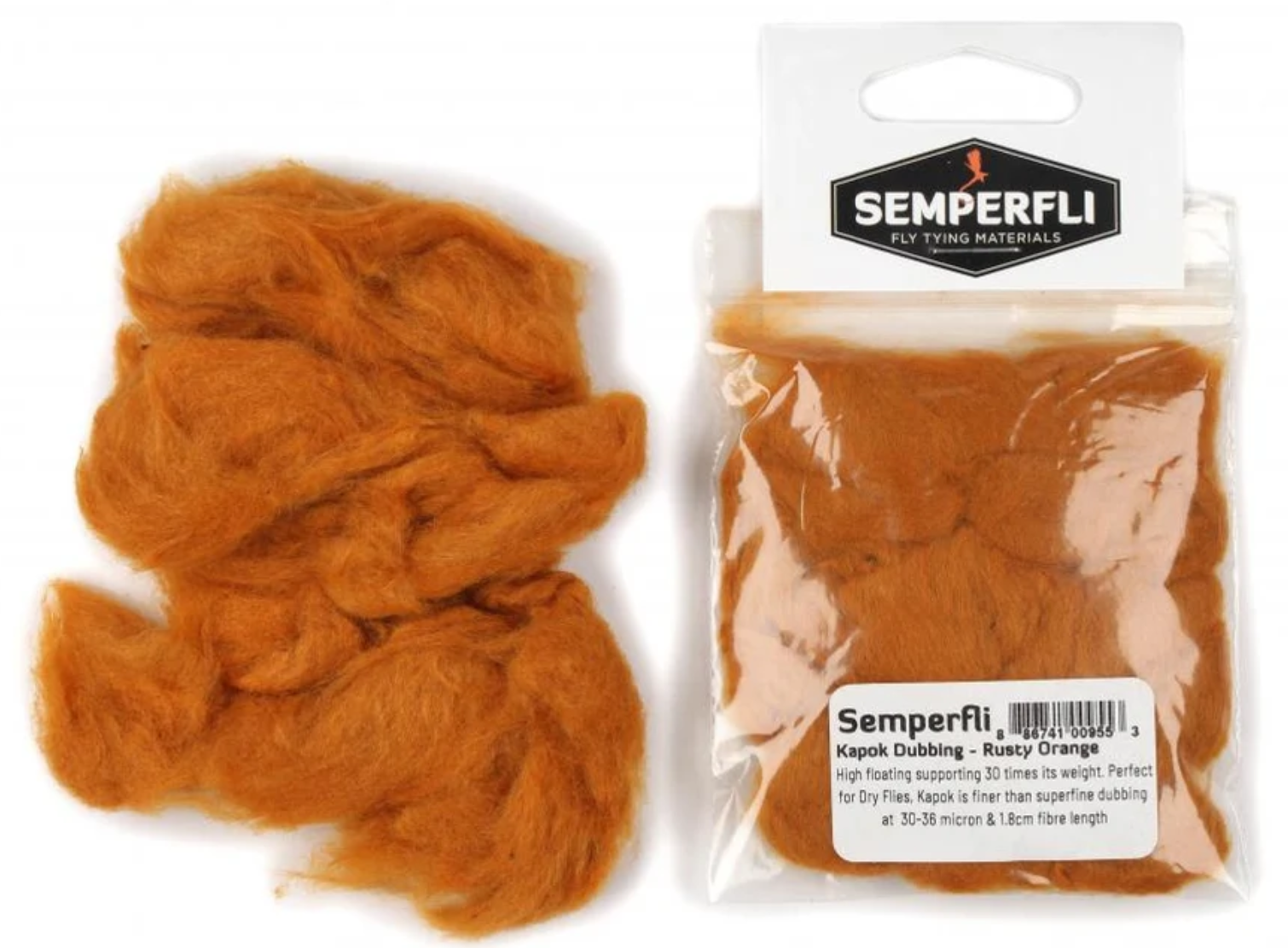
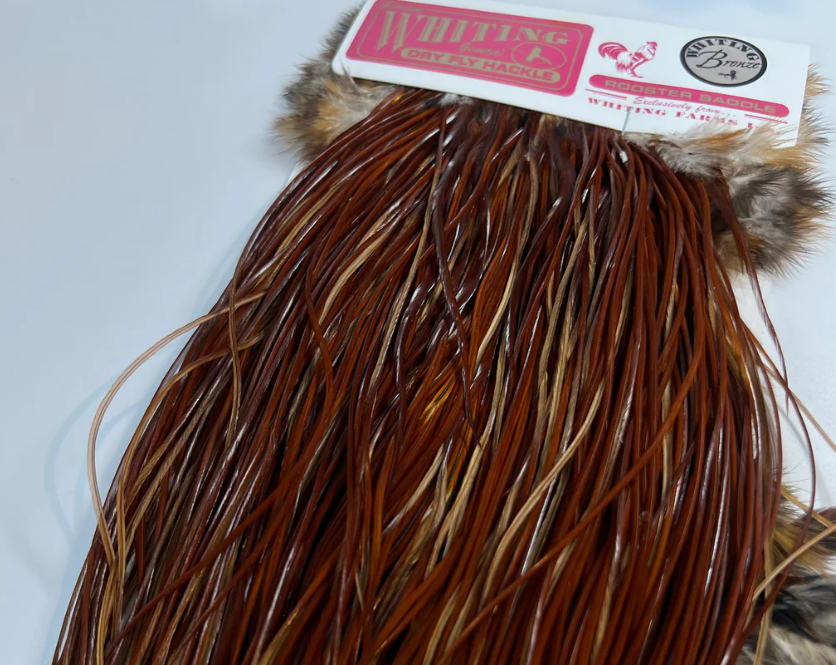
Budget Alternatives/Complete Kits
If you're still not conviced that fly tying is your new passion, Hareline make some excellent beginner kits with materials, basic tools and a vise to get you going. The only draw back is that if you do love it, you may find youself wanting to upgrade to something better sooner!
Tips for New Fly Tiers
- Start slow and focus on technique – Neat, durable flies come from good thread control and clean wraps.
- Use online tutorials - Flystream has a plethora of how-to videos on local ties that are deadly on our waterways.
- Don’t worry about perfection - Every tier starts out a little rough; you’ll improve with every fly
- Practice whip finishing - It’s easier than it looks and quickly becomes second nature
- Keep your workspace clean and organised - It helps you focus and enjoy the process more
- Book a lesson - The Flyfisher hosts beginner to expert fly tying classes catered to you! Get in touch to book yours today!
And remember, we're here to help whether you need advice on materials, technique, or what to tie next.
Fly tying is a skill that grows with you. With the right tools, quality materials, and a bit of patience, you’ll be tying effective trout flies in no time. It’s a deeply rewarding extension of fly fishing that sharpens your understanding of the sport, fosters creativity, and adds a new level of satisfaction to every fish you catch.





